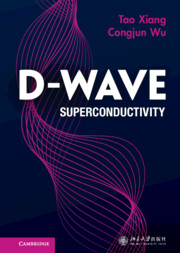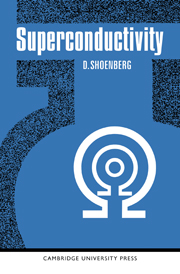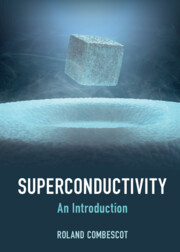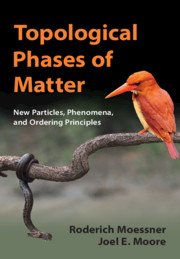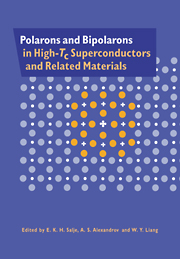D-wave Superconductivity
This volume provides a comprehensive introduction to the theory of d-wave superconductivity, focused on d-wave pairing symmetry and its physical consequences in the superconducting state. It discusses the basic concepts and methodologies related to high-temperature superconductivity and compares experimental phenomena with theoretical predictions. After a brief introduction to the basic theory of superconductivity and several models for high-temperature superconductivity, this book presents detailed derivations and explanations for various single-particle and collective properties of d-wave superconductors that can be monitored experimentally, including thermodynamics, angular-resolved photo-emission, single-particle and Josephson tunnelling, impurity scattering, magnetic and superfluid responses, transport and optical properties and mixed states. Various universal behaviours of d-wave superconductors are highlighted. Aimed primarily at graduate students and research scientists in condensed matter and materials physics, this text enables readers to understand systematically the physical properties of high-temperature superconductors.
- Serves as a useful reference for advanced courses on superconductivity
- Enables readers to understand experimental results and the physical properties of high-Tc superconductors
- Provides a self-contained introduction to the topic and detailed derivations that make the text accessible to graduate students with minimal training in condensed matter theory
Product details
June 2022Hardback
9781009218597
360 pages
250 × 175 × 27 mm
0.85kg
Not yet published - available from February 2025
Table of Contents
- 1. Introduction to superconductivity
- 2. Microscopic models for high temperature superconductors
- 3. Basic properties of d-wave superconductors
- 4. Quasiparticle excitation spectra
- 5. Tunneling effect
- 6. Josephson effect
- 7. Single impurity scattering
- 8. Many-impurity scattering
- 9. Superfluid response
- 10. Optical and thermal conductivities
- 11. Raman spectroscopy
- 12. Nuclear magnetic resonance
- 13. Neutron scattering spectroscopy
- 14. Mixed state
- Appendices
- Bibliography
- Index.

